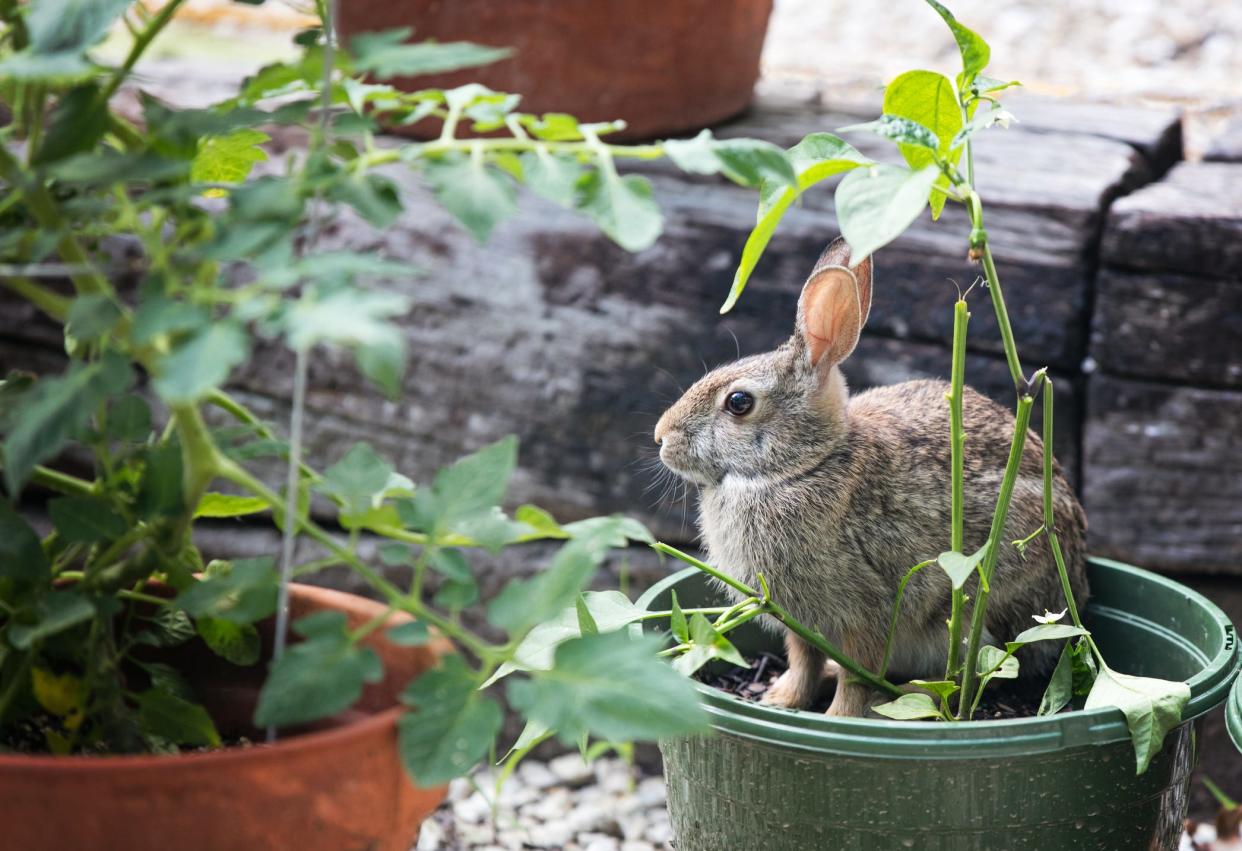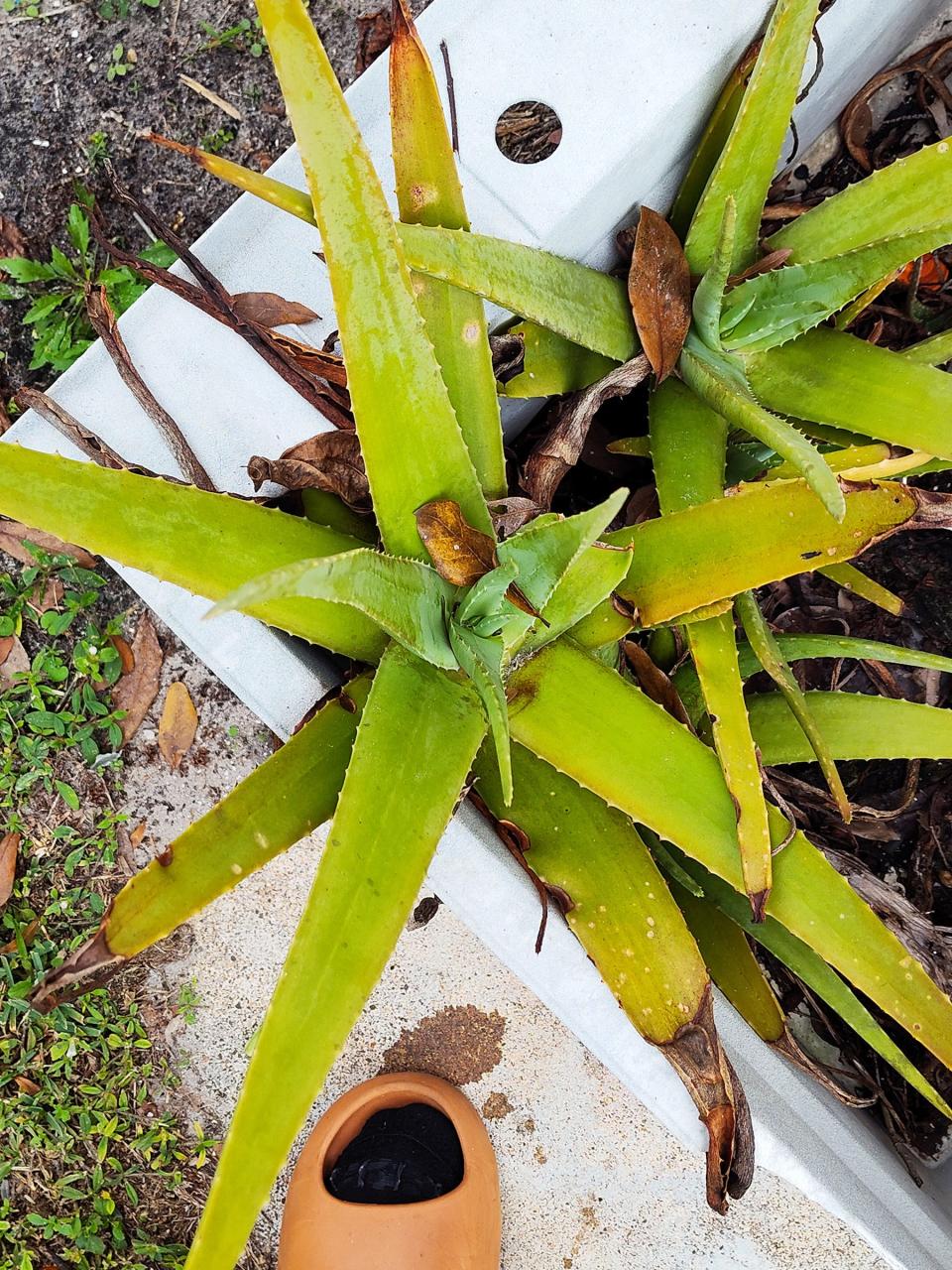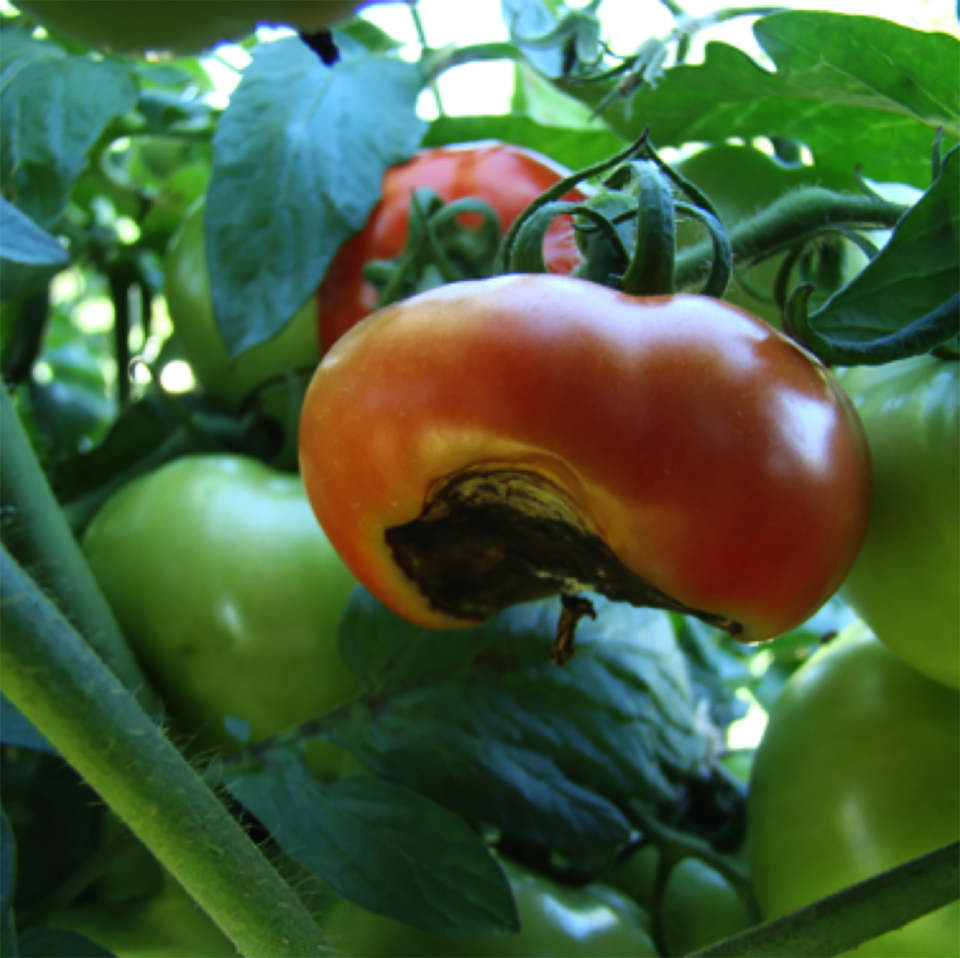Garden Q&A: Rabbits, rot, invasive and edible?

Question: I have recently noticed damage to my Ti plants, hibiscus and even bromeliads that I believe is caused by rabbits. What can I do to discourage the rabbits and protect my plants? – Jessica, Cape Coral
Answer: Even though rabbits are cute they can wreak havoc in your garden. Rabbits usually prefer young, tender shoots, vegetables, and flowers such as marigolds, pansies, and petunias.
Curious young rabbits will often nibble on plants as they begin to determine what plants they like best; you will often see these samplings discarded without being eaten.
Rabbits generally feed at night, so you will rarely see them during daylight hours in the garden. Their sharp teeth make clean cuts on plants, which will appear to have been cut with a tool.
You may notice other signs of rabbits such as evidence of digging or burrows, tufts of fur, or pea-sized droppings in small piles or scattered throughout the garden.
To protect a specific portion of your garden you can use a chicken wire fence; look for one inch or smaller mesh and create a fence that is at least two-feet tall and buried six inches into the ground. You can also use bird netting over young plants or seedings; just make sure you check the netting periodically to ensure that openings have not been made. You might also try interspersing plants that rabbits don’t like in your garden including vegetables such as asparagus, leeks, onions, squash, and tomatoes.
Rabbits often avoid herbs such as basil, mint, oregano, parsley, and tarragon, as well as flowers such as geraniums, vincas and wax begonias.
Question: I recently learned that “Oyster Plant” (Tradescantia spathacea) is considered invasive. I am wondering if the dwarf version of the plant is also invasive? – Cindy, Fort Myers
Answer: Plants of the same species tend to have numerous differences in forms often expressed in leaf appearance and plant size.
Oyster plants have a standard form regarding height and a dwarf cultivar. There are two commonly accepted entities in Florida that are used to determine the invasiveness of introduced plants. They are the UF/IFAS Assessment of Non-Native Plants in Florida’s Natural Areas and the Florida Invasive Species Council (FISC). Both make no distinction between the standard and dwarf sized plants.
UF/IFAS states that the species is invasive and recommends that it not be used in South Florida. FISC lists the plant as a Category II invasive. Category 1 invasives are plants that cause ecological damage in natural areas. Category II are invasive plants that have increased in abundance or frequency but have not yet altered Florida plant communities to the extent shown by Category 1 species.
Based on these sources, this plant is not recommended for planting in South Florida.

Question: I have heard it suggested that aloe leaf can be eaten daily as a health benefit, yet I have read that not all aloe is suitable for consumption. Can you identify the aloe in the attached picture and advise whether this species is edible? – James, Bonita Springs
Answer: The plant in the picture you submitted was identified by Marc Frank, UF/IFAS Extension Botanist as aloe vera, commonly known as aloe vera, Barbados aloe, Curacao aloe, medicinal aloe, or true aloe. According to Marc Frank, “This species is used medicinally (mostly on the skin) but not necessarily consumed as food. The outer skin of the leaves can be quite tough/fibrous, and the yellow latex just under the skin is bitter and contains toxic compounds, so it is mostly the clear to whiteish gel in the leaf interior that is used for topical applications.”
Even when applied to the skin, some people may have allergic reactions. Some studies have documented toxic effects from aloe vera when ingested, it is especially dangerous for pregnant women. Consumption of this plant is not recommended.

Question: I am growing tomatoes in a container; the bottom of the fruit is deformed. Can you tell me what is causing this? – Chad, Fort Myers
Answer: Your tomatoes appear to have blossom-end rot which is a common issue with tomatoes grown in Florida. This condition will produce tomatoes that rot while still attached to the plant and is caused by a calcium deficiency in the rapidly expanding fruits.
Florida soil contains a large amount of calcium carbonate, but if you are growing tomatoes in a container, you should supplement the soil with a balanced fertilizer containing calcium. Unfortunately, this condition is easier to prevent than to cure.
Once you observe blossom-end rot on your plants correcting the condition with calcium additives or foliar calcium applications is generally not effective. Since tomato season ends in the middle of May, applications of Calcium through fertilizer and foliar spray may still be effective for your plants.
More Garden Q&A: The ‘Hardiness Zone' map, opining the Australian pine
And Master Gardener: Plants that bloom year-round
Cathy Dunn is a Master Gardener Volunteer with UF/IFAS Lee County Extension. You can contact Cathy and other Master Gardeners with your gardening questions at extgardener@leegov.com or call 239-533-7504 between 10 a.m. and 2 p.m. Join us on Instagram at lee_ufifas. The University of Florida is an Equal Opportunity Institution.
This article originally appeared on Fort Myers News-Press: Garden Q&A: Rabbits, rot, invasive and edible?

